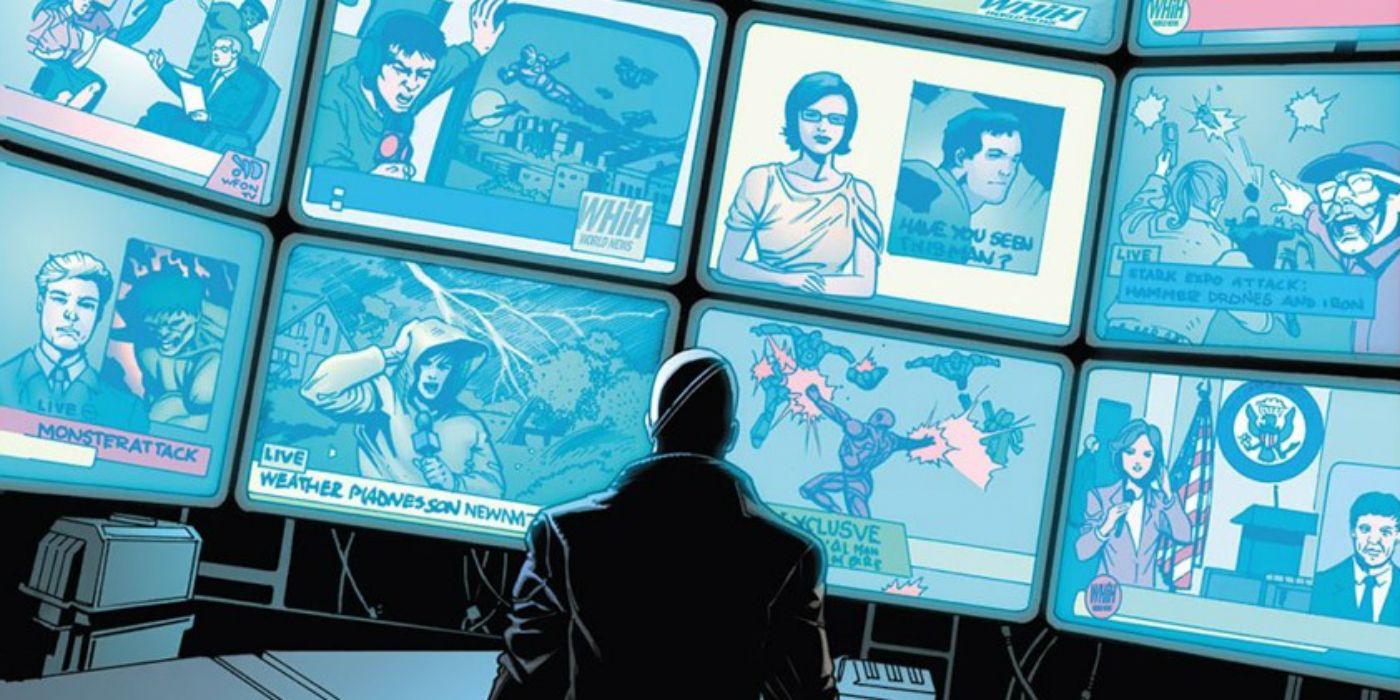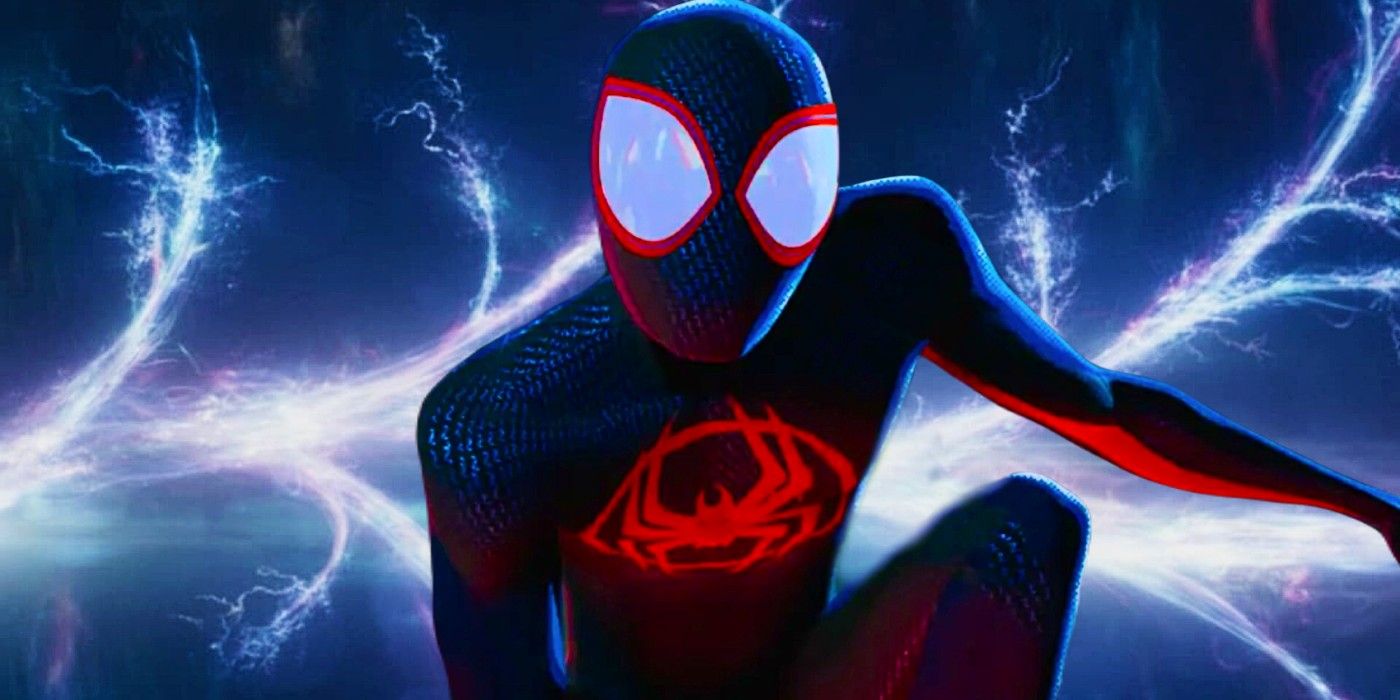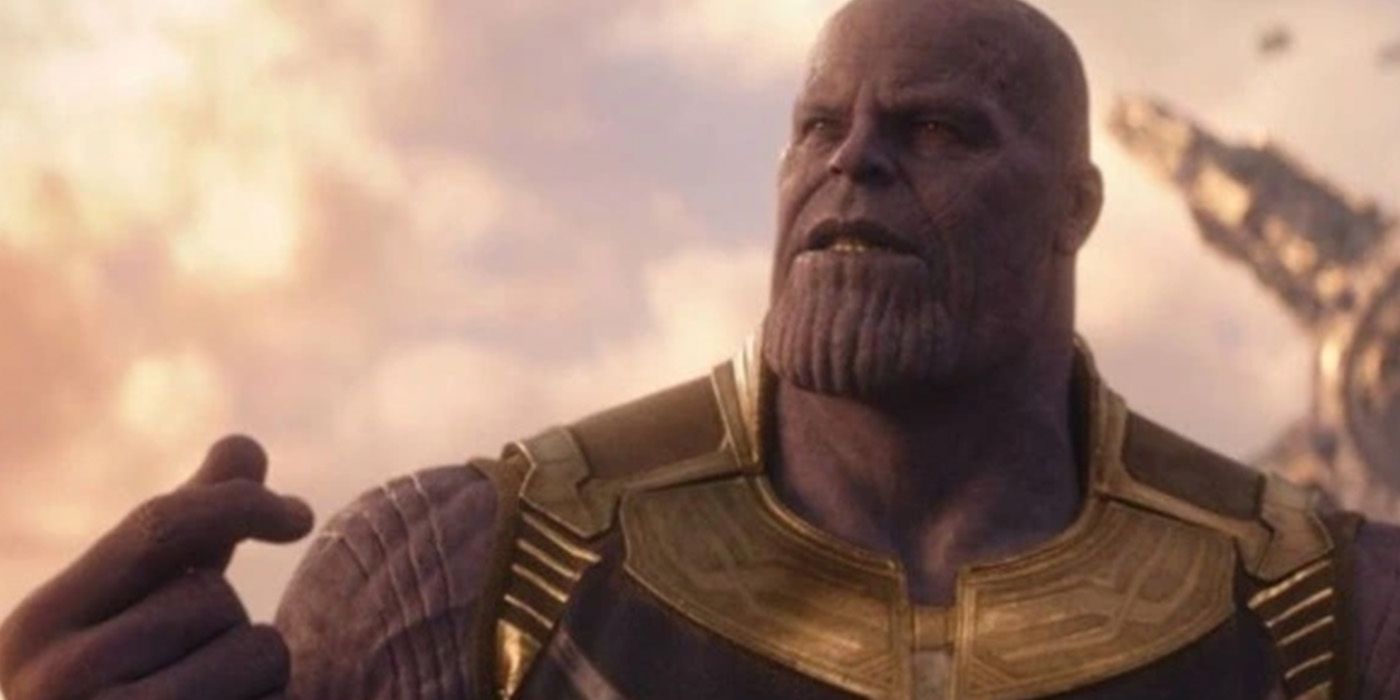A new MCU timeline theory fixes all Marvel’s continuity issues in one fell swoop. The Marvel Cinematic Universe is undoubtedly Hollywood’s most successful shared universe, with every movie and TV show existing in the same context – and characters and concepts crossing over from one to another. The problem is, though, that a strong sense of continuity isn’t just an optional extra to this kind of franchise, it’s an essential ingredient.
The MCU’s Infinity Saga was undoubtedly a success, although in truth even there Marvel struggled to coordinate everything. Matters have only worsened in Phase 4, simply because there are so many different movies and shows releasing, and it’s hard for even the studio itself to keep track of where everything sits in the timeline. Some showrunners have admitted they have absolutely no idea how their story fits into the MCU’s overarching narrative. It’s no surprise, then, that Marvel is releasing an official MCU timeline to try to sort things out. A new MCU theory may finally show how to resolve all these issues, ahead of the timeline’s publication.
The MCU’s Timeline Has Always Been A Mess

Some of the MCU’s timeline problems are obvious, with even Marvel figures admitting Spider-Man: Homecoming contains a “very incorrect” eight-year time jump. But, in truth, the real devils are in the details, because the timeline only works if a viewer doesn’t look too closely. This is even the case in Phase 1, because Marvel’s first attempt to iron out the timeline – “Fury’s Big Week,” the best Phase 1 viewing order – hindered as much as it helps. Iron Man has been definitively placed in 2008, The Avengers in 2012, but “Fury’s Big Week” draws together the narrative of Iron Man 2, The Incredible Hulk, and Thor, and leaves them drifting somewhere between 2009 and 2011 based on actual lines of dialogue.
It wasn’t really until 2016’s Captain America: Civil War that the MCU’s basic principle was defined by the Russo brothers, who understood how important continuity was to maintaining the shared universe. They set up a simple principle; that unless otherwise indicated, every MCU movie is set in the year of its release. This created a simple, streamlined MCU timeline, and it was easy to figure out where everything should be placed. Even this wasn’t perfect, though; dialogue in Thor: Ragnarok suggests it is set in 2017 (the year of release), but the post-credits scene is clearly shortly after the events of the main movie, and it leads straight into Avengers: Infinity War in 2018.
Avengers: Endgame‘s time jump broke the MCU timeline, because it meant the MCU had jumped forward by five years and subsequent releases were no longer set at time of release. This seems to have mamde it very different for writers to keep track of events, though, and Pase 4’s timeline has been the subject of intense debate. It doesn’t help that Phase 4 was told out of sequence in the first place, and the MCU Disney+ timeline’s attempt to put things in order feels more like a marketing tool than a serious chronology.
Spider-Man: Across The Spider-Verse Shows A Way To Fix The MCU Timeline

Surprisingly, an answer may have been provided by Sony’s Spider-Man: Across the Spider-Verse – a movie that, while not part of the MCU’s timeline, is explicitly set in the same multiverse. YouTuber Geekritique has just released a phenomenal analysis of the Spider-Verse timelines, drawing on countless details in both Spider-Man: Into the Spider-Verse and its sequel, and he’s discovered intriguing evidence of something called a “sliding timeline.” This is the key to continuity in the comics, where it helps ensure characters remain contemporary even though they made their comic book debut decades ago.
Marvel Comics’ sliding timeline was best defined by Galactus himself in Al Ewing and Kenneth Rockafort’s Ultimates #5. There, the cosmic being explained that history is a lot more fluid than is commonly experienced by beings who exist within the flow of time. As he put it:
“The present moment — the ‘now — hurtles from past to future along a stream of events. And events have weight. Sometimes, the weight is vast — sometimes, so light as to be undetectable. But some events — those with a peculiar, unique gravity — are caught by the present. Dragged in its wake, like planets about a sun. Always just a handful of years behind…“
The sliding timeline is the reason Marvel has never needed to do a reboot. It means, for example, that Spider-Man’s origin story was decisively set in 1963, but has been dragged forward in time by the gravity of current events, explaining why Peter Parker isn’t 60 years old. There’s even a degree of flexibility built into this model, because – to modify Galactus’ metaphor – the “gravitational” pull of a given event is greatest on those who are involved in it. This explains why characters in different sub-franchises have aged at different rates.
Geekritique has found abundant evidence of a similar sliding timeline in the Spider-verse movies. But, although these movies are made by Sony, they’ve been firmly slotted into the wider MCU multiverse. If a sliding timeline operates in some dimensions of the multiverse, then it’s reasonable to assume it exists in them all. The MCU could be part of a sliding timeline – which would neatly resolve so many of the MCU’s timeline errors in one fell swoop.
What Impact Would A Sliding Timeline Have On The MCU?

It’s important to carefully consider how a sliding timeline would affect the MCU. Even in the comics, there are fixed events; the dates of World War II have never changed, for example, with Captain America’s personal timeline simply changing so he spent longer in ice. This means there are essentially two tiers of events in a sliding timeline:
- Primary, fixed events that exert significant “gravitational” pull on those around them, which do not experience any kind of temporal drift
- Secondary events, which are fluid and can be moved due to the greater significance of these primary moments
The same could easily be true in the MCU as well. It’s not difficult to identify the primary events in the main MCU timeline: Tony Stark’s becoming Iron Man, the Chitauri invasion of New York in The Avengers, Thanos’ snap in Avengers: Infinity War, and the Avengers’ successful attempt to restore half the universe in Avengers: Endgame. This would explain why dialogue in Iron Man 2 fixes those events six months after Iron Man (in 2009), while The Avengers references Thor’s visit to Earth taking place just a year before the Chitauri invasion (in 2011). “Fury’s Big Week,” according to the sliding timeline model, originally did take place in 2009, but moved because those events were drawn by the “gravitational” pull of the Chitauri invasion.
The sliding timelines fixes issues in the MCU’s Phases 2 and 3, as well. In Phase 2, Thor: Ragnarok really did originally take place in 2017, but it moved to 2018 because of the pull of Thanos’ snap. Continuity problems involving Shang-Chi’s personal timeline can be explained away in the same way, as can Bruce Banner’s confusing comments about his own timeline in She-Hulk: Attorney at Law. This even has the benefit of future-proofing the MCU timeline, too; there are countless references in Ms. Marvel that indicate the show is set in 2025, but if The Marvels contradicts this, that isn’t a problem. Ms. Marvel would have simply moved.
This is, of course, something of a “Get Out Of Jail Free” card for Marvel Studios. It means the precise timeline placement of a given event doesn’t matter quite so much as many viewers think; what counts is the flow of events, rather than the specific dates. It would mean even the upcoming MCU timeline book is only an account of when things take place at time of publication, and future events can change everything. But such a dynamic sliding timeline has a benefit for the fandom, as well, because it means very few things can ever be said to be precisely fixed; there’s always room for debate, for discussion and reappraisal. That’s a gift to the MCU fandom, so long as it’s not taken too seriously.




